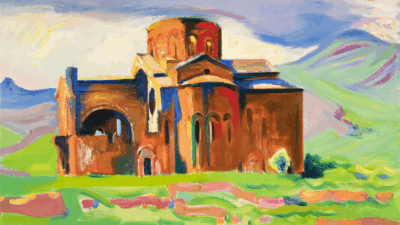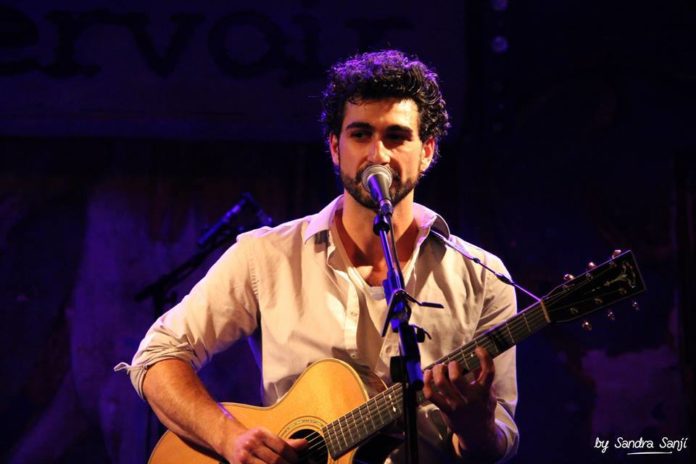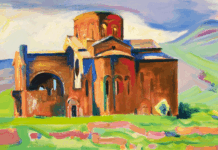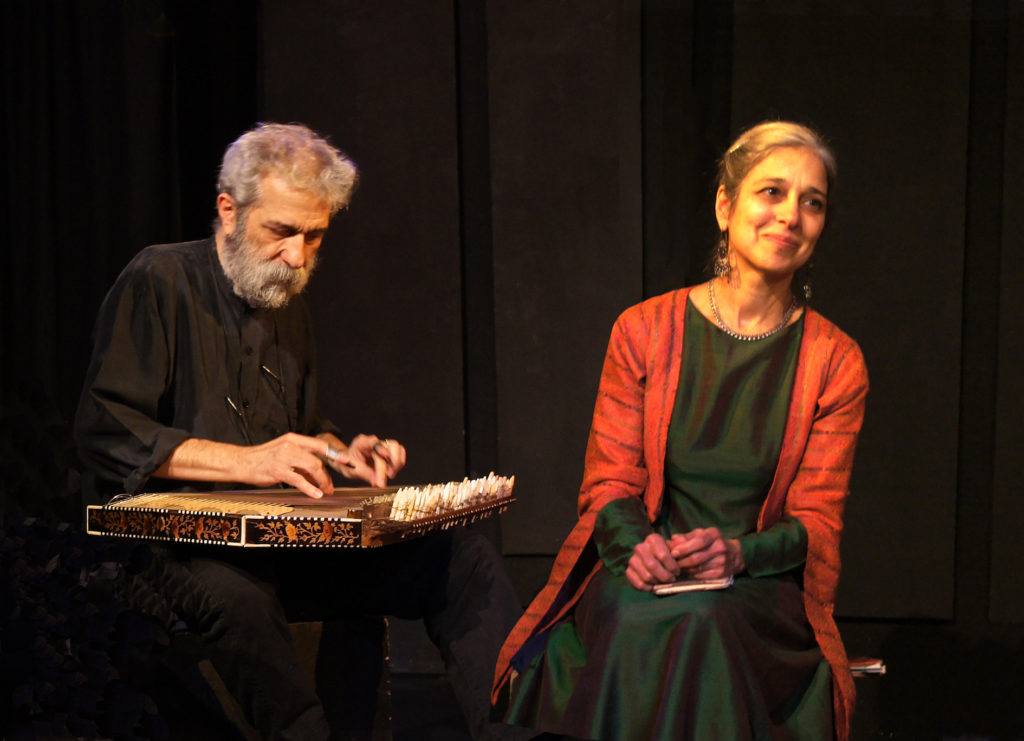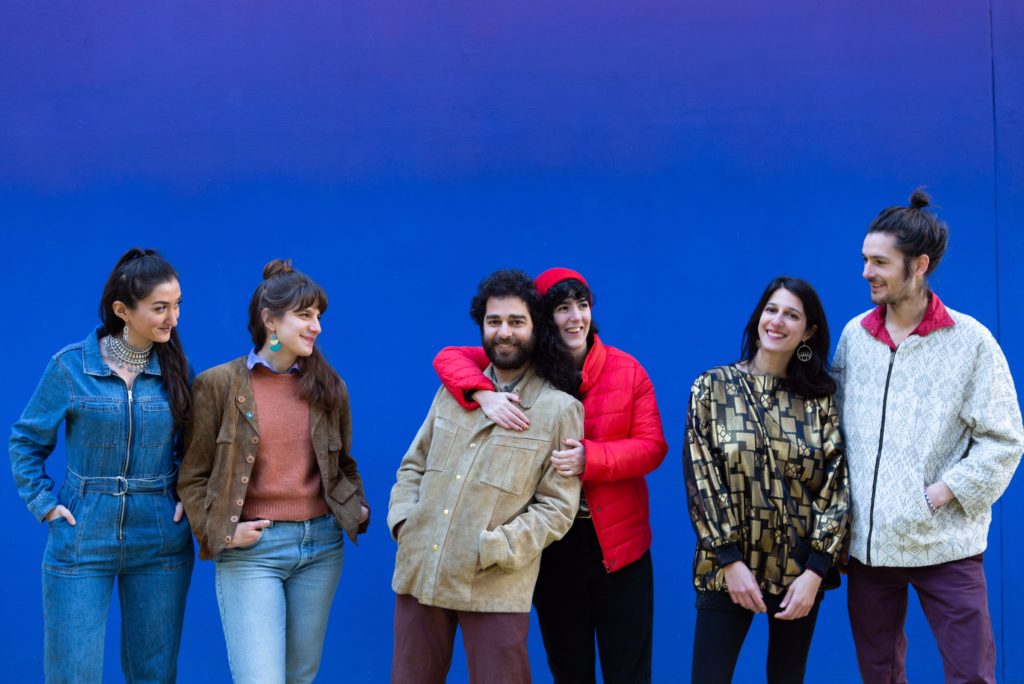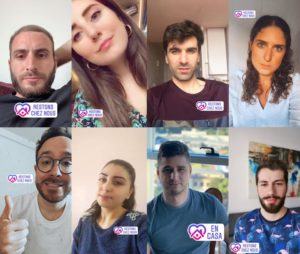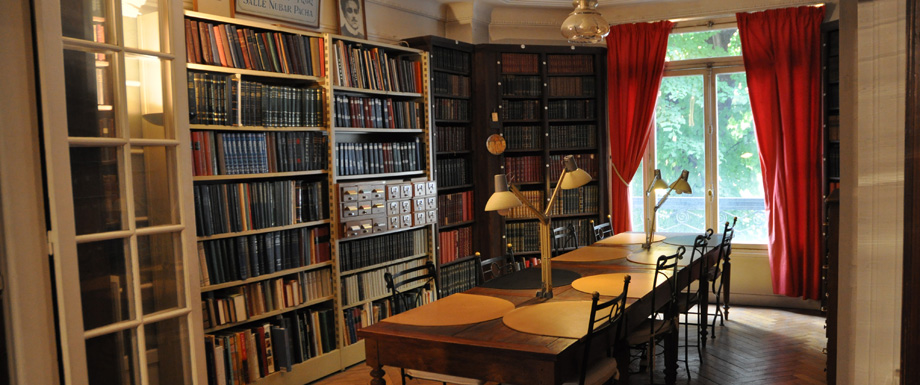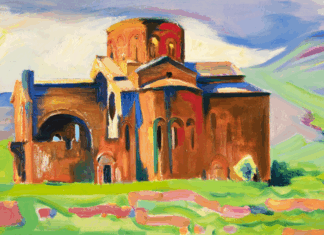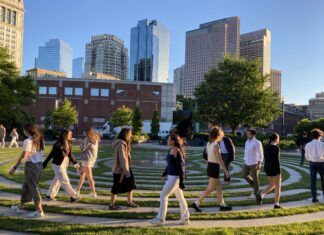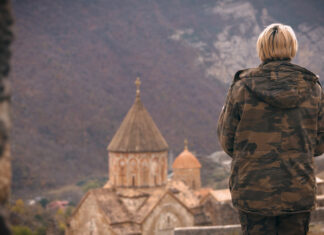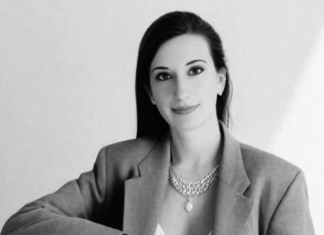PARIS, FRANCE – While the footprint of Armenians in France can be traced back to the Middle Ages, it wasn’t until the mid-20th century that they made an indelible mark on the country, particularly in Paris’s arrondisements [administrative districts] that served as a point of refuge for Armenian Genocide survivors and gave them the chance to recreate their lives in their adopted country. In the 1920s, an estimated 50,000 Armenians lived in France, ranging from laborers to intellectuals to artists, who became active members of society and paralleled their livelihood with ardent efforts to preserve their profound culture. The community ingrained itself in the social, political and economic fabric of the country that exists to this day.
When the pandemic began circulating throughout Western Europe earlier this year, France took strict measures, including closing travel borders, shutting down nonessential businesses and restricting travel to within 60 miles of a citizen’s home. Although the restez chez vous [stay at home] orders, which have been in place since March 15, have been challenging for the people and the economy, which have not faced a crisis of this magnitude since World War II, infections have slowed. The current estimate in the country stands at 145,000 confirmed cases and 30,000 deaths among the population of 67 million. To ease the economic and social implications, preexisting government-funded programs, like food vouchers, have increased and a plan is in place to ease lockdowns starting in mid-May.
Amid the backdrop of the Tour Eiffel, the stamp of the Armenian community in Paris is evident throughout its neighborhoods, from the commanding Armenian Cathedral off the Champs-Élysées, to the solemn genocide memorial of Gomidas Vartabed in Jardin d’Erevan by the Seine, to the ever-present institutions that open its doors to not only Armenians but to the masses. The estimated 100,000 Armenians who live in Paris perpetuate their heritage with pride and protect their history with vigor, flourishing particularly in the artistic, academic, journalistic and cultural sectors, despite the deadlock caused by the pandemic.
Editor-in-Chief of the Nouvelles d’Arménie and Co-President of the Coordination Council of Armenian Organizations of France (CCAF), Ara Toranian has been a vigorous figure of the French-Armenian scene and reflects the gumption of Armenians who continue to carry out their work in a society that has been shut down.
“As everywhere in the world, the pandemic has impacted community life,” said Toranian. “All activities have been stopped, masses were celebrated behind closed doors, and many media, especially print, have had to stop production.”
On his end, Toranian was able to publish the April and May issues of Armenian News (Nouvelles d’Arménie) and is currently laying out the June issue with his editorial staff. He acknowledges that the paper’s financial situation is “very difficult since the advertising budget has collapsed.” A burglary in their office premises last October contributed to the uncertain future of the newspaper, which continues to report, despite the dismal updates.
